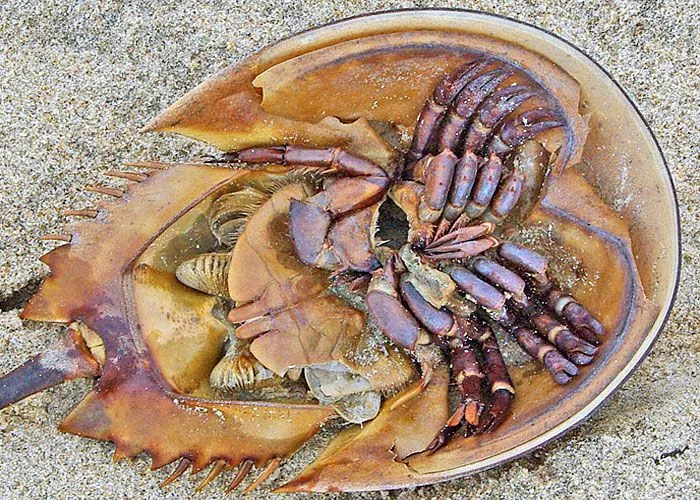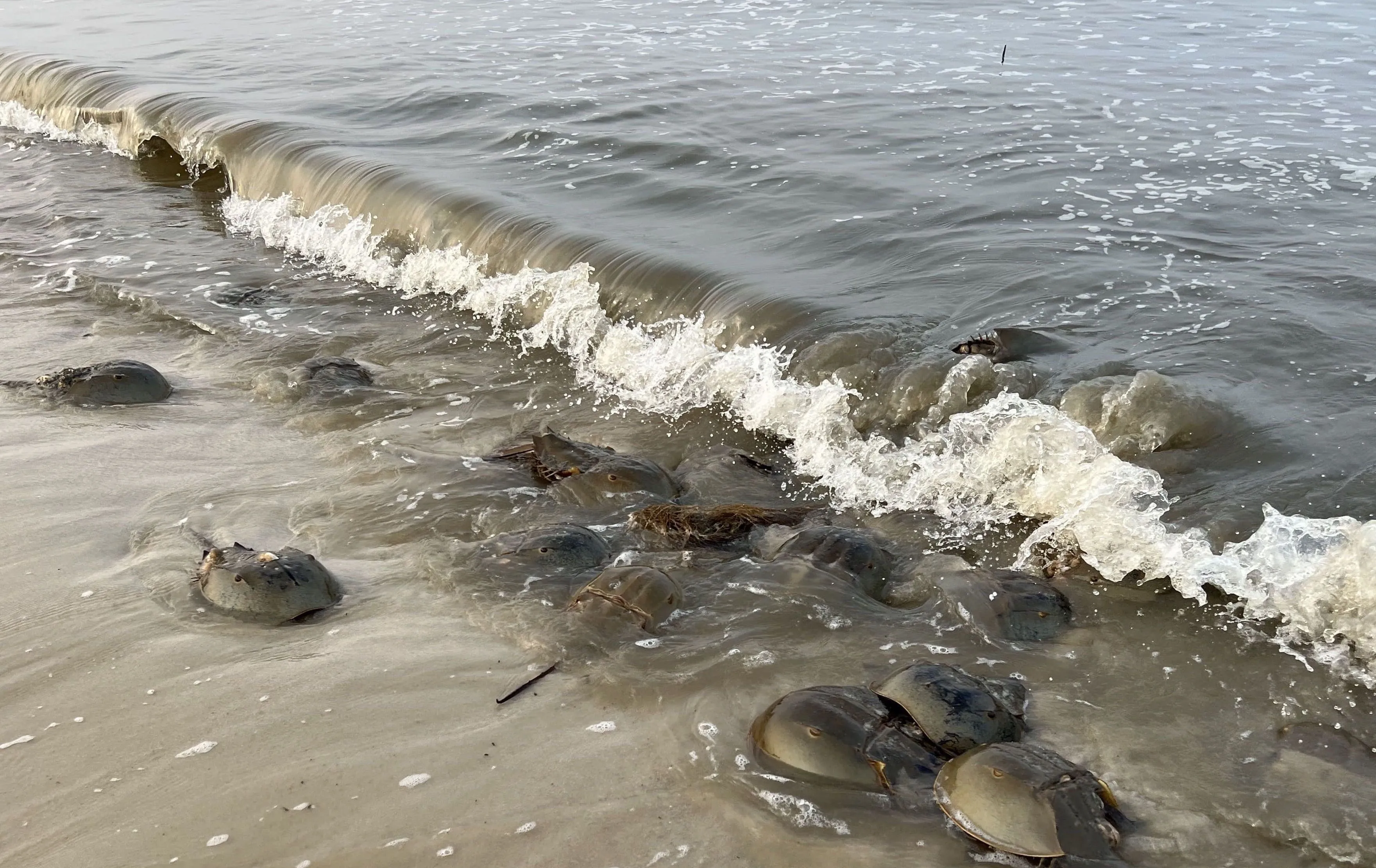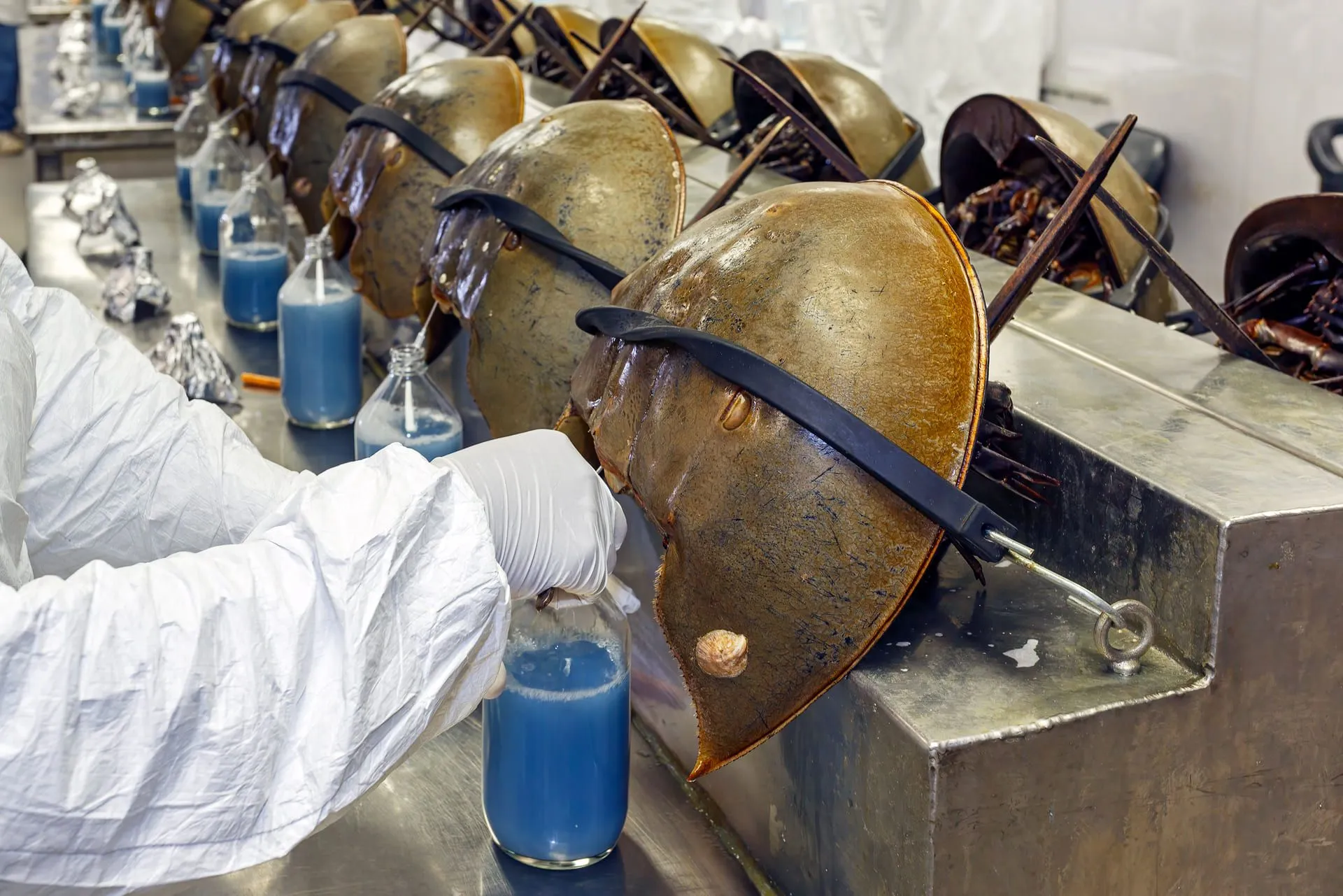What do we need to know about horseshoe crabs that have saved millions of human lives?
17 Apr 2024When we think of animals saving human lives, we at least think of a huge, hairy St. Bernard dog finding a lost climber in the high snowy mountains. We are unlikely to think of an inconspicuous gray stony horseshoe crab. On the other hand, these creatures, far older than the dinosaurs, save millions of lives each year at the cost of their blood.
 @uwm.edu/Horseshoe Crab Update
@uwm.edu/Horseshoe Crab Update
Their light blue blood has the unique property of detecting and neutralizing toxic bacteria. Scientists have learned to use this amazing crab blood to make a safe vaccine. When the vaccine is manufactured, there could be dangerous bacteria left in it. If this happens, people who receive this vaccine risk serious consequences or even death.
 @delawarepublic.org/How climate change and human activity are impacting horseshoe crabs amid annual count
@delawarepublic.org/How climate change and human activity are impacting horseshoe crabs amid annual count
For this reason, large numbers of horseshoe crabs are captured each year to serve as donors to save us all. After blood is taken, the horseshoe crabs are returned to the sea, but 30% to 50% still die. Dramatically, there are no fully effective horseshoe crab blood analogs to test the safety of the vaccine. Hence, scientists now face the critical challenge of maintaining populations of this unique creature.
 @npr.org/Vaccines are still tested with horseshoe crab blood. The industry is finally changing
@npr.org/Vaccines are still tested with horseshoe crab blood. The industry is finally changing